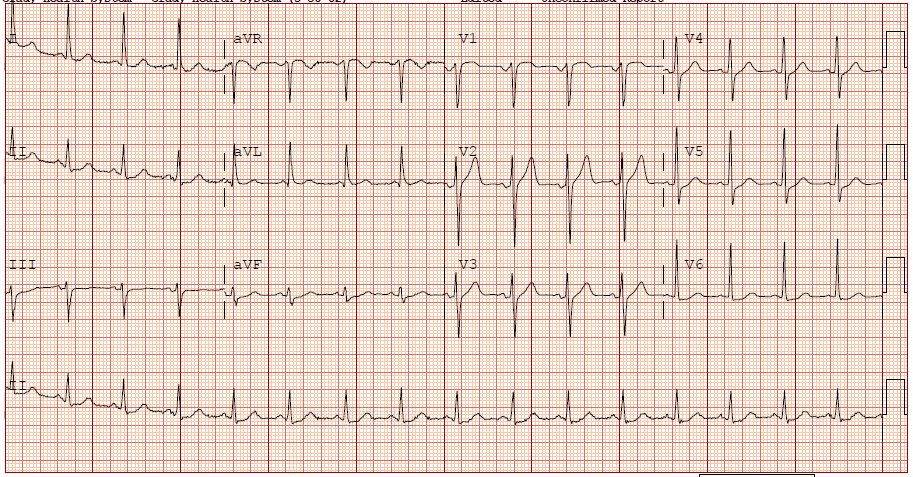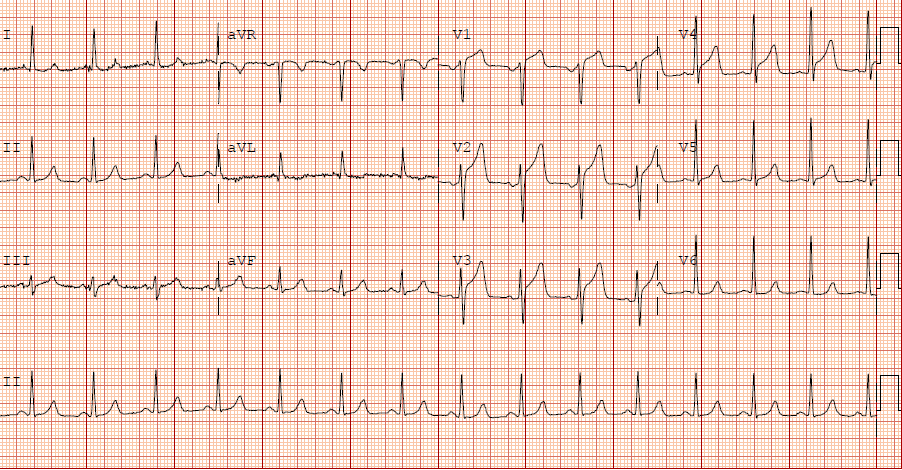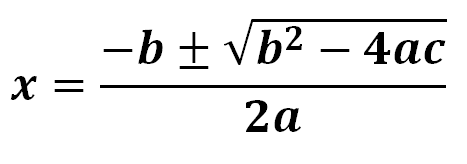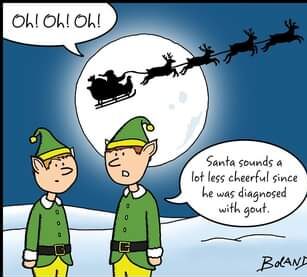A 55 year old man presented with intermittent chest pain for 2 weeks. His pain is currently a 7/10 and here is the initial ECG:

Troponins remained negative. A second ECG was done 12 hours after the first:Nothing overtly impressive – some subtle ST elevation in leads V1/2, maybe more likely early repolarization. His troponin was negative and he was admitted for serial troponins and ECGs.

At this point a STEMI was called and heart catheterization revealed an 80% lesion in the LAD.
This of course led us to go back and review the first ECG to make sure the STEMI should not have been activated earlier. While there’s still nothing overtly impressive about it, if you’re smart and follow Dr. Stephen Smith’s ECG blog you’re familiar with the equation he touts based on one of his original research papers.
From his website, here’s the caveat:
You can only use this equation when differentiating subtle LAD occlusion from early repolarization. There must be ST Elevation of at least 1 mm. If there is LVH, it may not apply. If there are features that make LAD occlusion obvious (inferior or anterior ST depression, convexity, terminal QRS distortion, Q-waves), then the equation MAY NOT apply. These kinds of cases were excluded from the study as obvious anterior STEMI.
The equation:
(1.196 x STE at 60 ms after the J-point in V3 in mm) + (0.059 x computerized QTc) – (0.326 x R-wave Amplitude in V4 in mm)
A value greater than 23.4 is very sensitive and specific for LAD occlusion
Using this equation:
ST elevation (STE) is measured at 60 milliseconds after the J-point, relative to the PR segment, in millimeters
QTc is the computer measurement
RAV4 is the R-wave amplitude, in mm, in lead V4
If you hate the idea of calculating this yourself, there’s a new iPhone app where you can just plug the numbers in. For this case, using the first ECG:
QTc = 455
ST Elevation at 60 ms after the J-point (STE60V3) = 4mm
R-wave amplitude in V4 (RAV4) = 17 mm
Formula value = 26.1. At greater than 23.4, this is diagnostic of LAD occlusion until proven otherwise.
Had this equation been applied at the time of the first ECG, the diagnosis could have been made sooner.
Learning points:
- Don’t wait 12 hours for a repeat ECG
- Negative troponins may be misleading
- Use of the equation in the right scenario can be quite helpful




